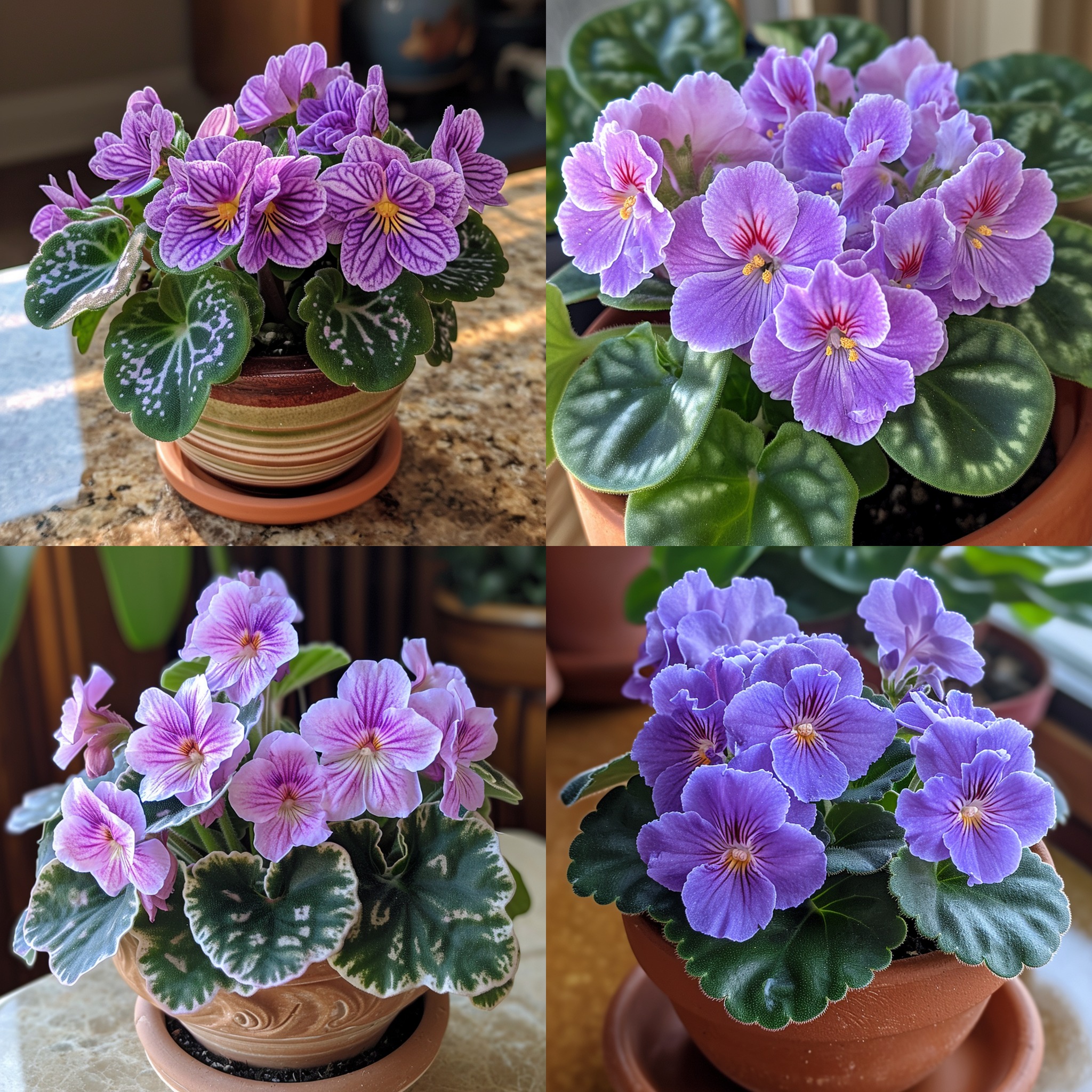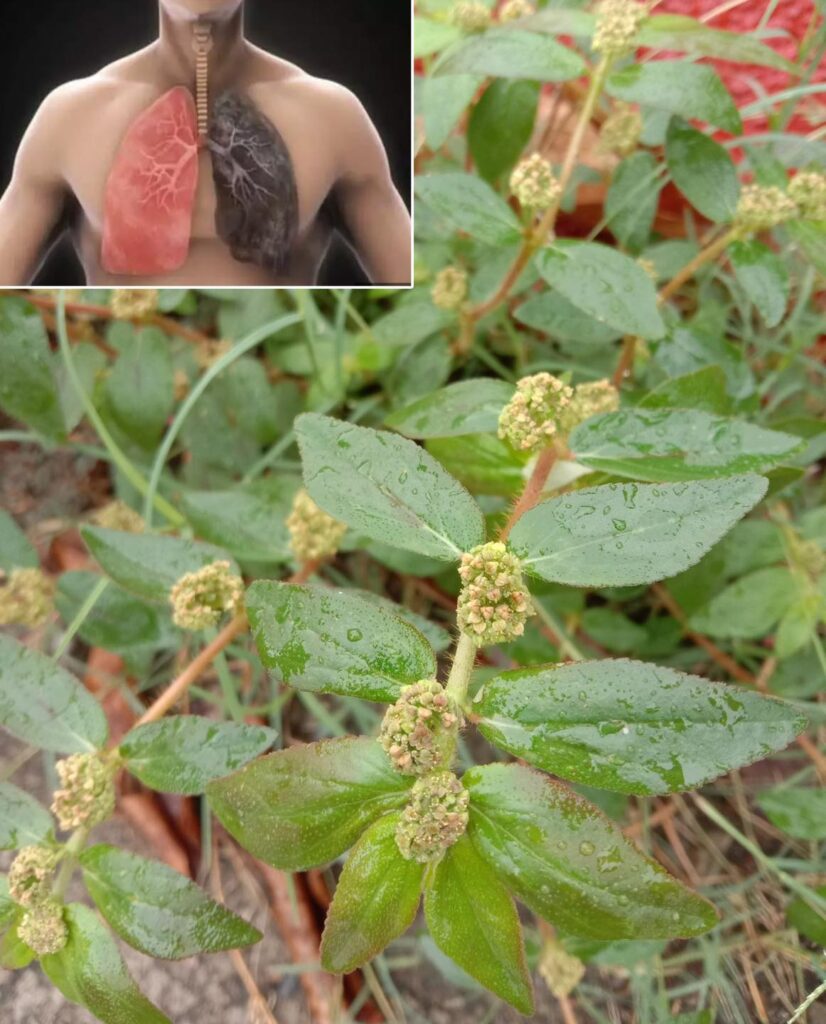African violets, with their vibrant flowers ranging from shades of violet to pink, red, and white, are a popular choice for indoor gardeners seeking to add a splash of color to their homes. While they have a reputation for being somewhat temperamental, mastering the care of African violets is quite manageable once you familiarize yourself with their basic needs. Here’s a comprehensive guide to help you nurture and maintain the beauty of your African violets:
1. Choosing the Right Soil
African violets thrive in a potting medium that allows for good air circulation around their roots. Opt for a commercial African violet potting mix or create your own by blending extra peat moss with vermiculite or perlite to enhance its airiness and drainage capabilities.
2. Ensuring Optimal Growing Conditions
- Light: Shield them from direct sunlight to prevent damage to their delicate leaves. They flourish in bright, indirect light, making a south- or east-facing window ideal. During shorter winter days, a grow light can compensate for the lack of natural sunlight.
- Temperature: These plants prefer a cozy environment, with ideal temperatures ranging between 55 and 75 degrees Fahrenheit. Avoid placing them in drafty spots, especially where temperatures might dip below 50-55 degrees at night.
3. Watering Techniques
- Moisture: Wait until the top layer of soil feels dry before watering, using water that’s at room temperature or slightly warmer to avoid shocking the plants. Be careful to keep water off the leaves to prevent unsightly spots.
- Humidity: African violets enjoy humid conditions. If your home is dry, try placing them near other plants or on a tray of watered pebbles to increase the moisture in the air around them.
4. Fertilization for Healthy Growth
- Feeding: Use a fertilizer with low nitrogen but high phosphorus content to promote blooming over leaf growth. Specialized African violet fertilizers are great, but any high-quality, balanced feed will do if used judiciously.
- Frequency: A light application of fertilizer with each watering ensures your violets receive a steady supply of nutrients.
5. Maintenance and Bloom Management
- Deadheading: Regularly remove spent flowers to encourage new growth and prevent the plant from expending energy on dead or dying blooms.
6. Repotting for Vigor
- Soil Refreshment: The potting mix should be refreshed once or twice a year as nutrients are gradually used up. Repotting in the same size pot, typically not exceeding 4-5 inches in diameter, is often sufficient for maintaining plant health.
Following these guidelines will help you cultivate African violets that are not only surviving but thriving, bringing continuous blooms and vibrant color to your indoor garden.



